How do security labels work?
Security labels come in various forms, but they all share a core principle: deterring tampering and providing a clear indication if a product has been interfered with. Let’s delve into the technical aspects of how these labels function:
1. Embedded Technologies:
There are two main technologies used in security labels:
- Radio Frequency Identification (RFID): These labels contain tiny microchips with antennas. When close to an RFID reader (often found at store exits), the chip transmits a unique identifier, triggering an alarm if the label hasn’t been deactivated at checkout.
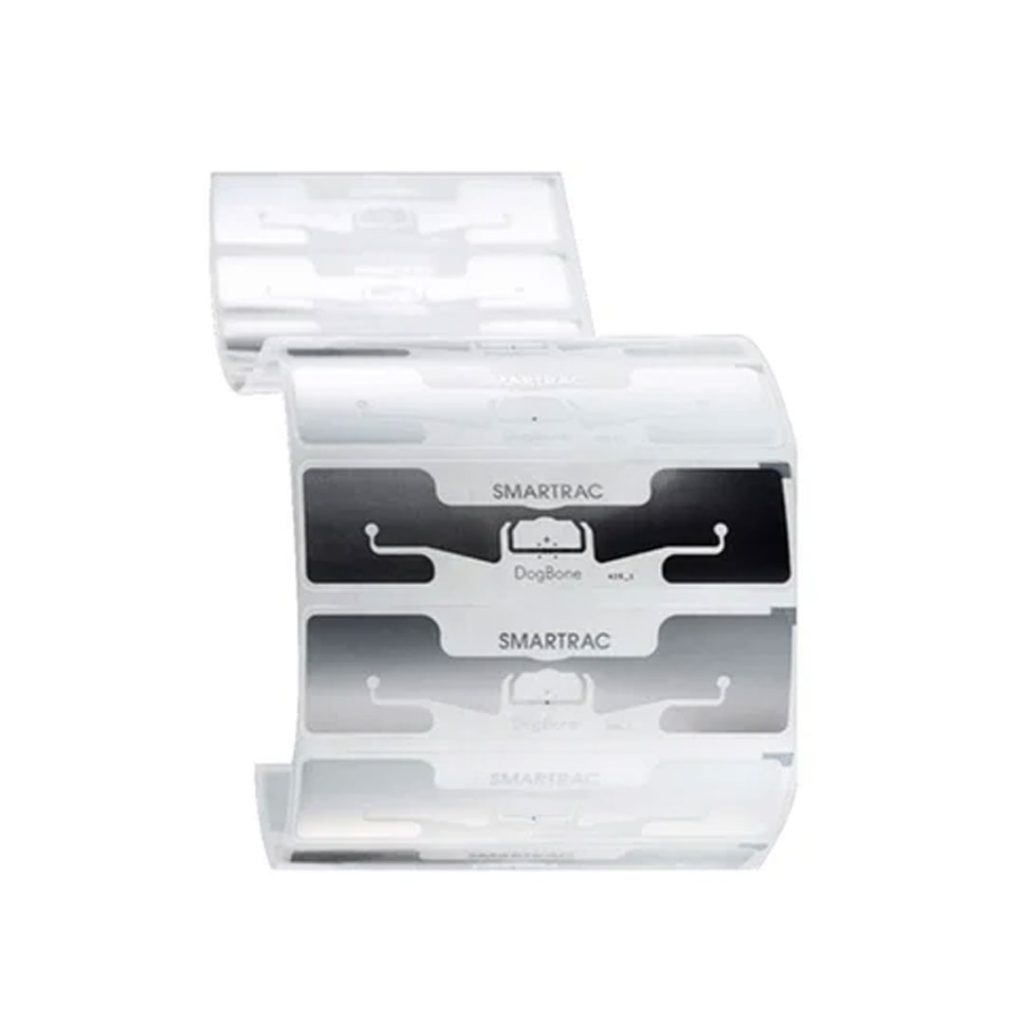
DogBone Inlay RFID Label
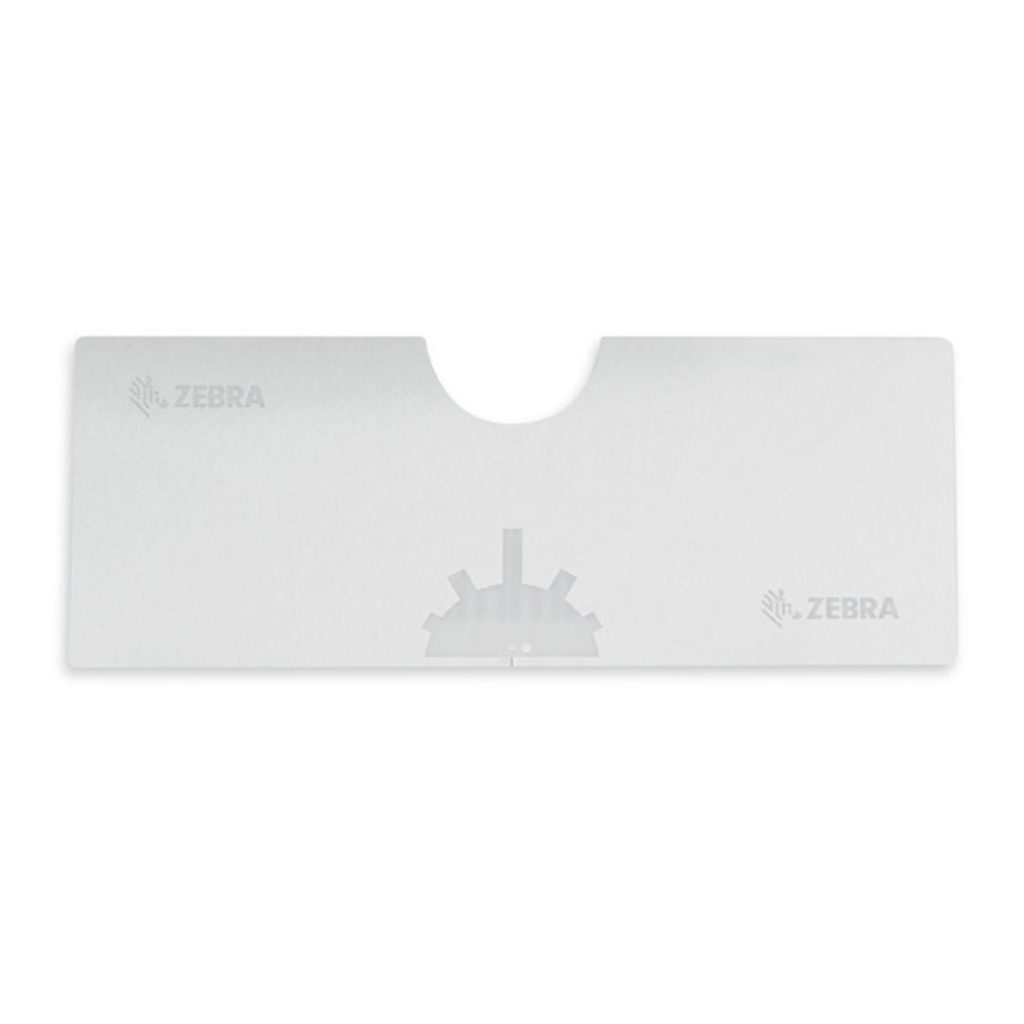
Zebra ZBR4000 Inlay RFID Label
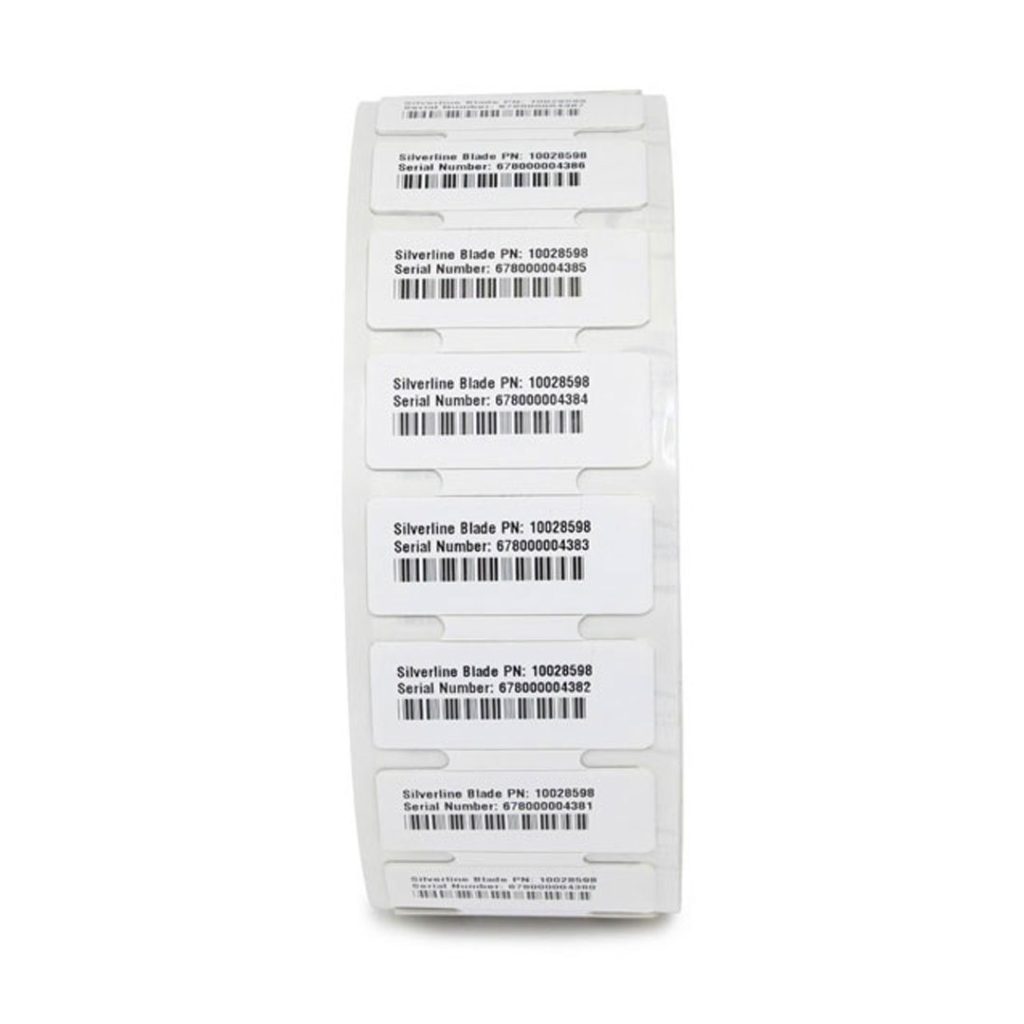
Silverline Blade Inlay RFID Label
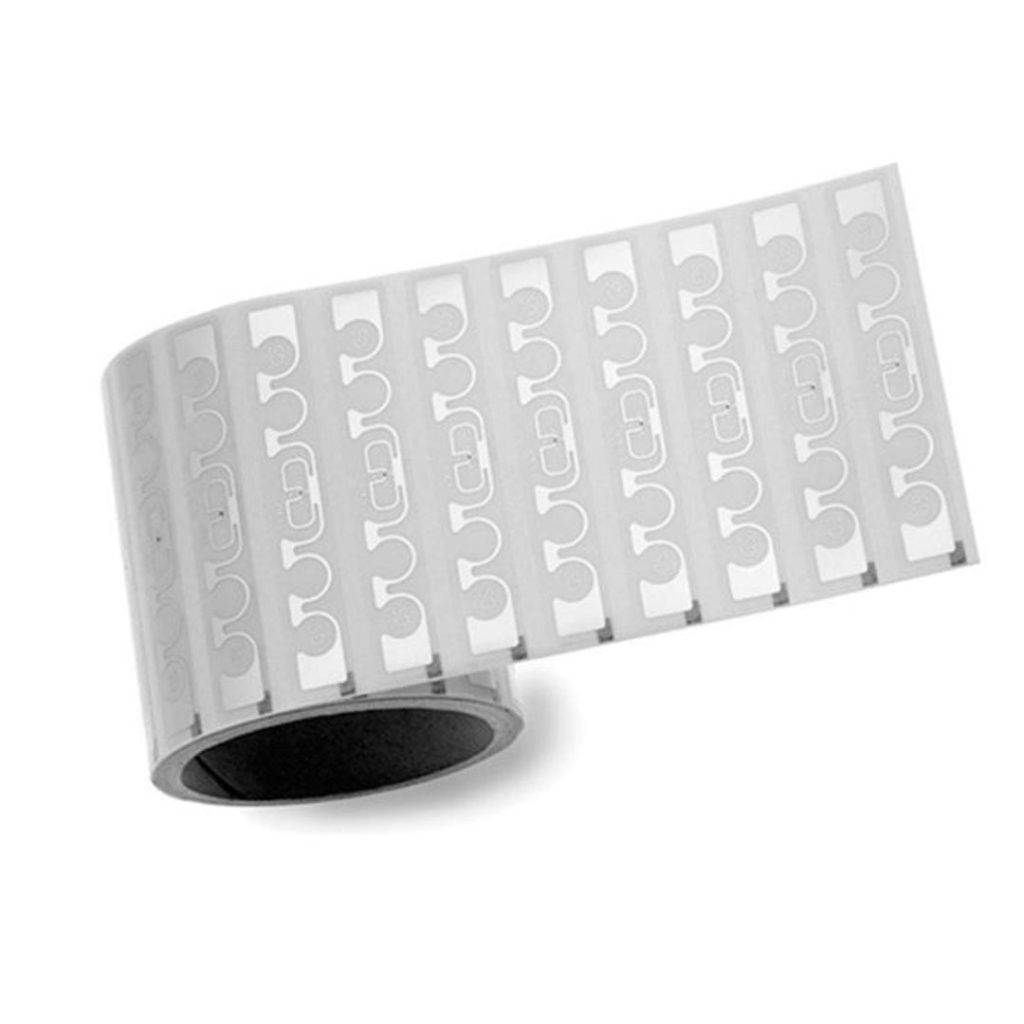
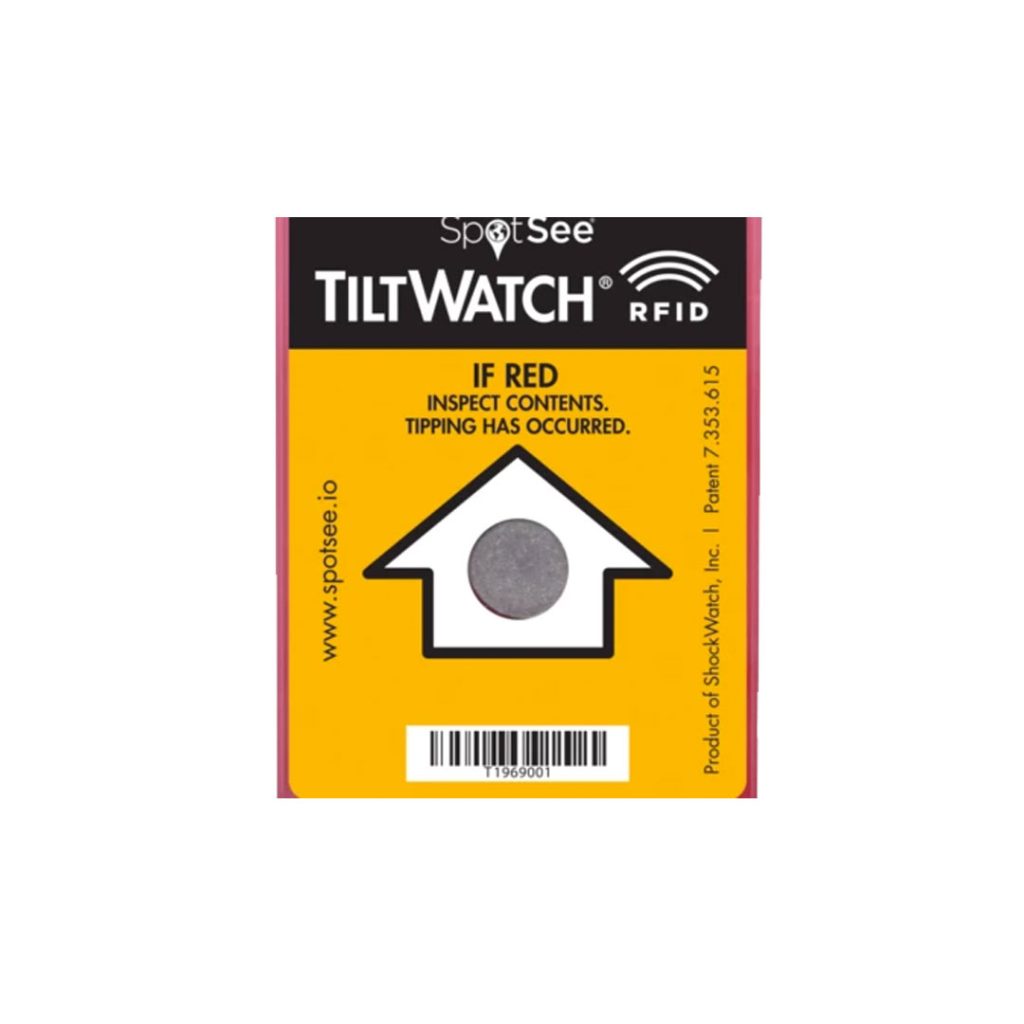
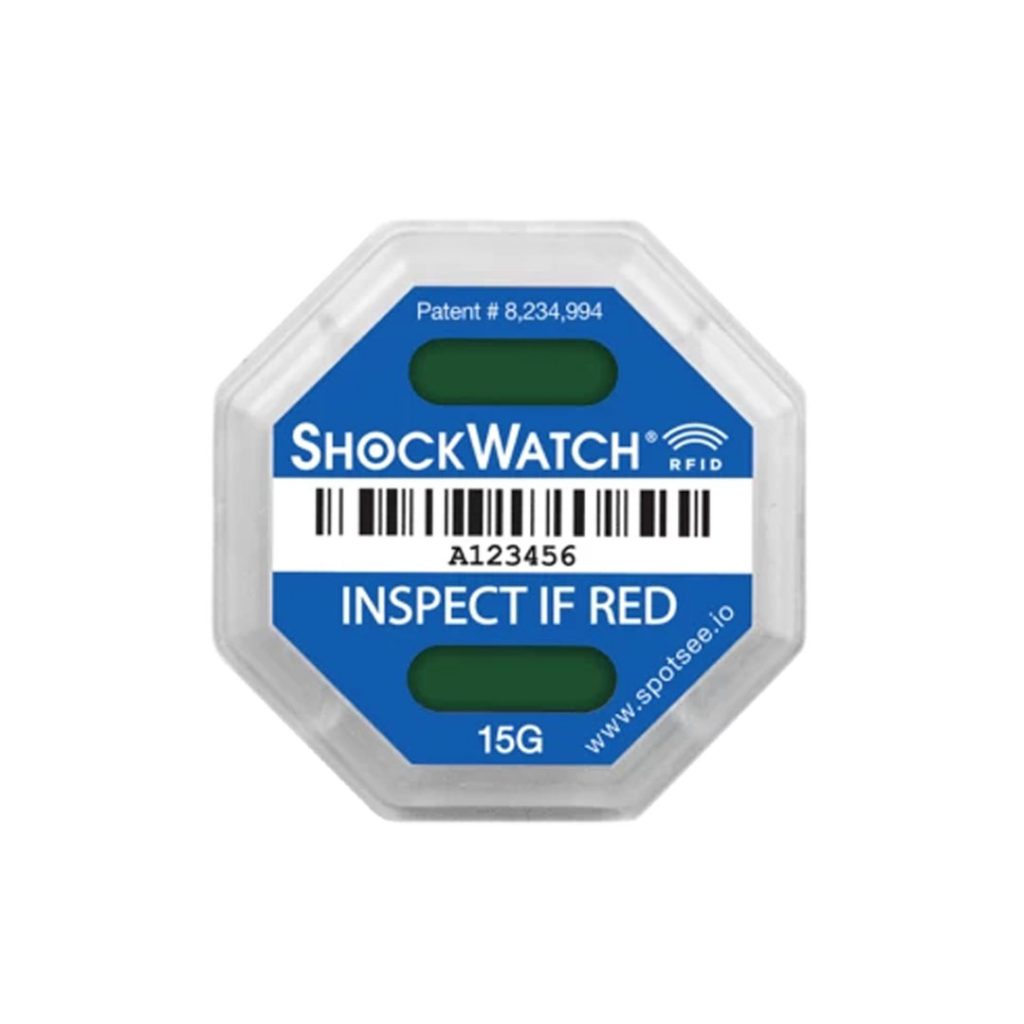
ShockWatch RFID
- Magnetic Resonance (EM): These labels have a special ink or circuit that interacts with an electromagnetic field generated by antennas at store entrances/exits. If the label hasn’t been deactivated, it disrupts the field, setting off an alarm.
2. Tamper-Evident Mechanisms:
Beyond electronic detection, many security labels have physical tamper-evident features:
- Destructible Facestock: The label material tears or shreds upon removal, leaving a visible mark that the product has been opened.
- Void Pattern: Removing the label reveals a hidden message or pattern underneath, indicating tampering.
- Holographic Overlays: These tamper-evident labels use holographic effects that distort or disappear if the label is peeled off.
.
3. Deactivation Process:
For labels with electronic components (RFID or EM), cashiers typically use a deactivator tool at checkout to disable the chip or circuit, allowing the product to pass through the security antenna without triggering an alarm.
4. Additional Security Measures:
Some labels incorporate multiple security features for added protection. For example, an RFID label might also have a destructible face-stock, providing both electronic and physical tamper evidence.
By understanding the technology and mechanisms behind security labels, you gain a deeper appreciation for their role in safeguarding products and deterring theft.
What are security labels used for?
Security labels have a wide range of applications across various industries. Here’s a breakdown of their key uses with illustrative examples:
1. Deterring Theft and Loss Prevention:
- Retail: Security labels with RFID or EM technology are commonly used on clothing, electronics, and other high-value items in retail stores. These labels trigger alarms at store exits if not deactivated at checkout, deterring shoplifting.
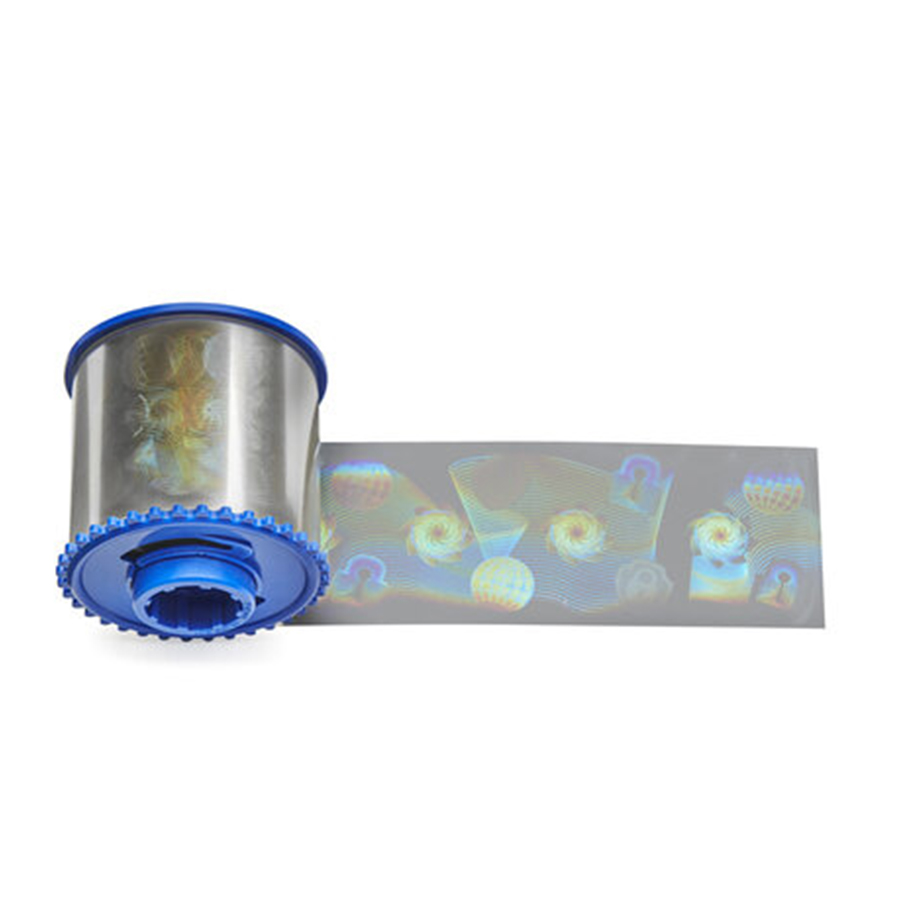
Laminado Holográfico Personalizado de Zebra
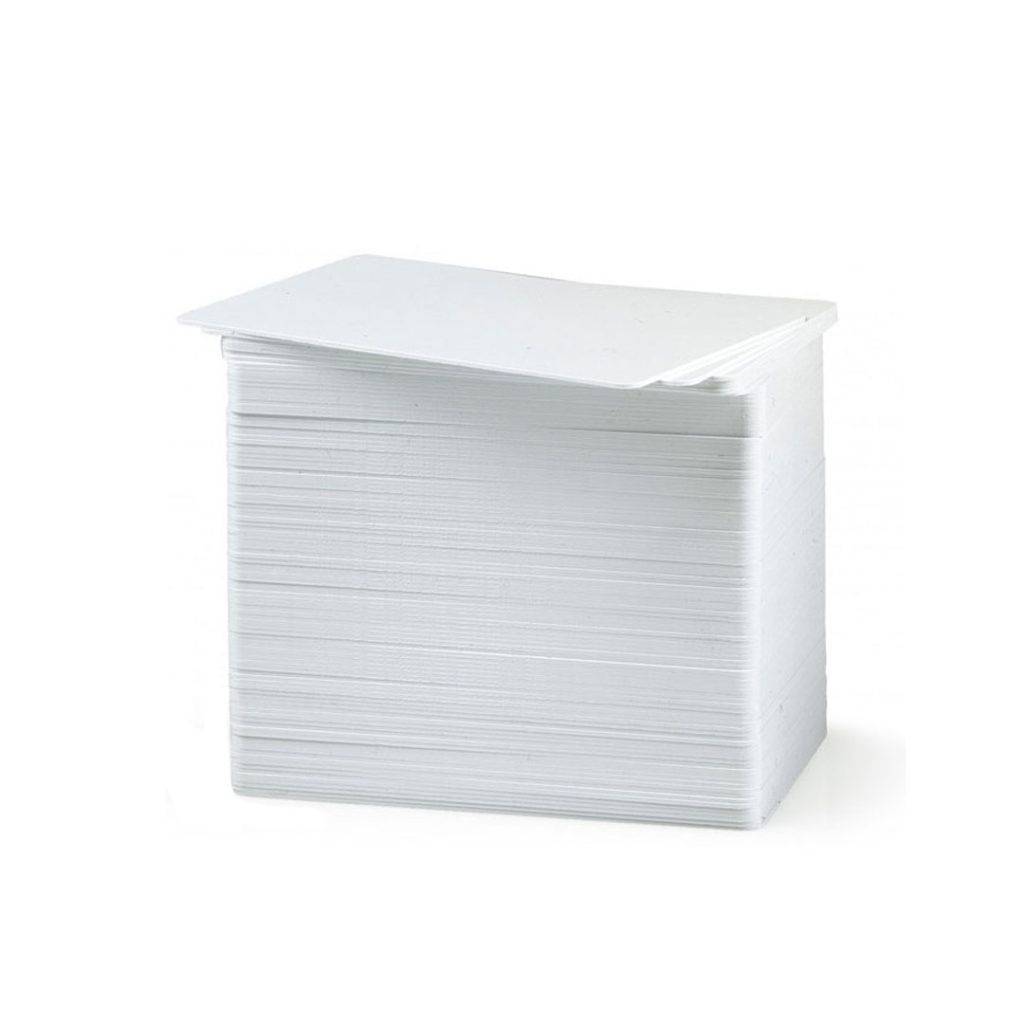
Premier Plus Composite Blank White CR-80 Cards
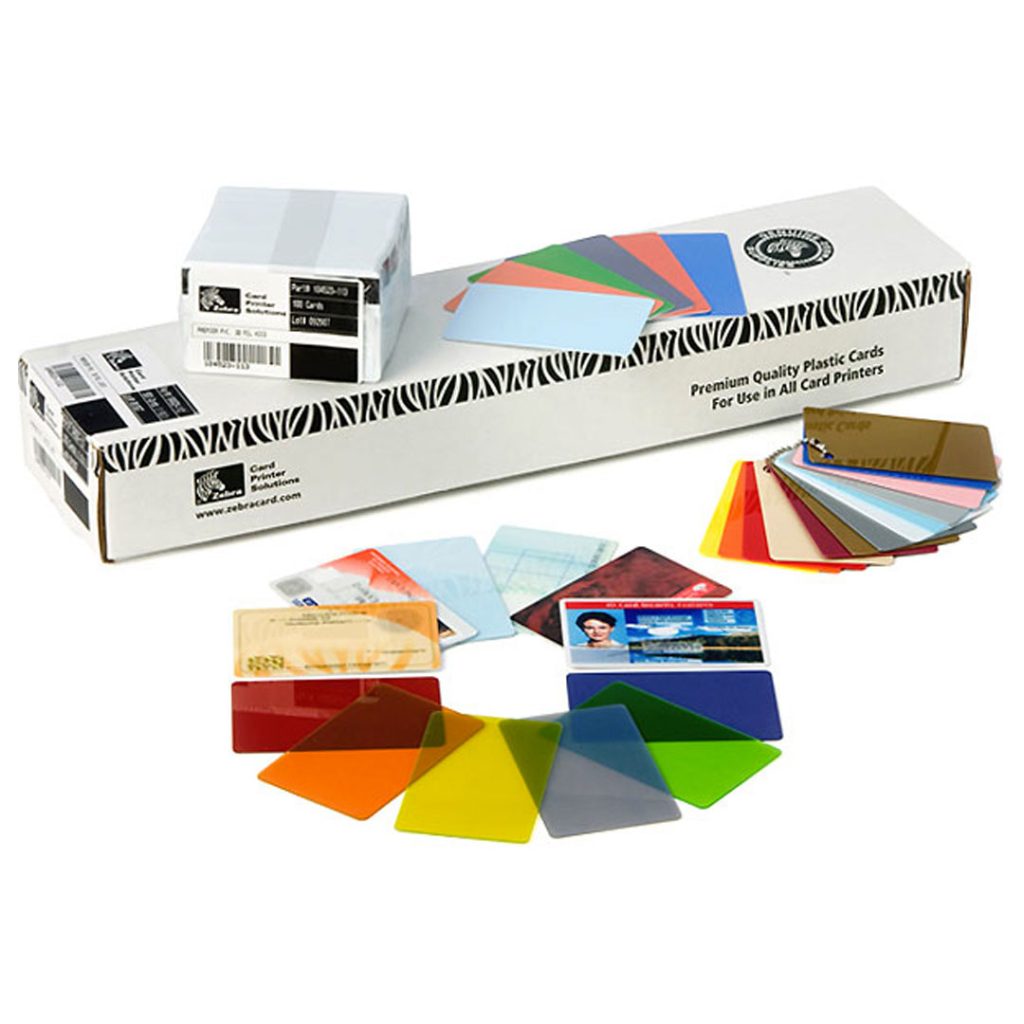
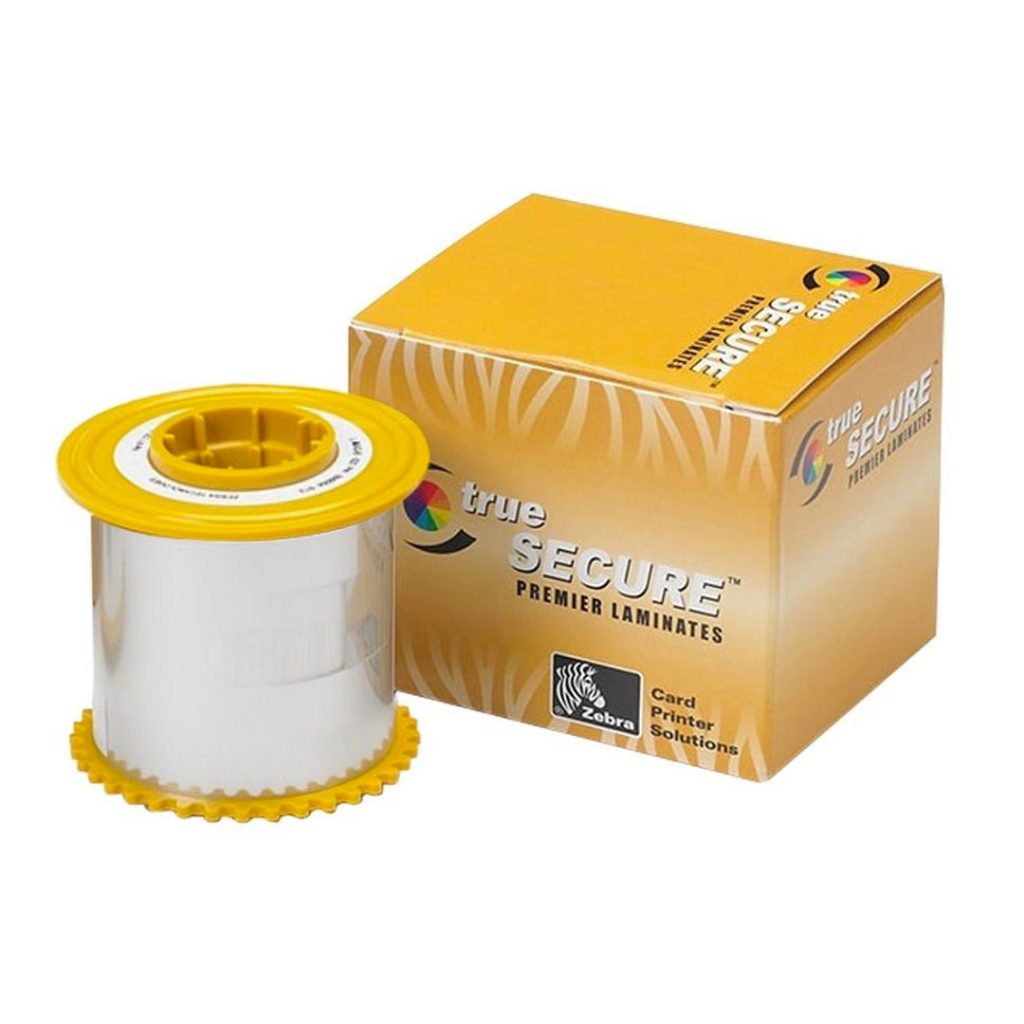
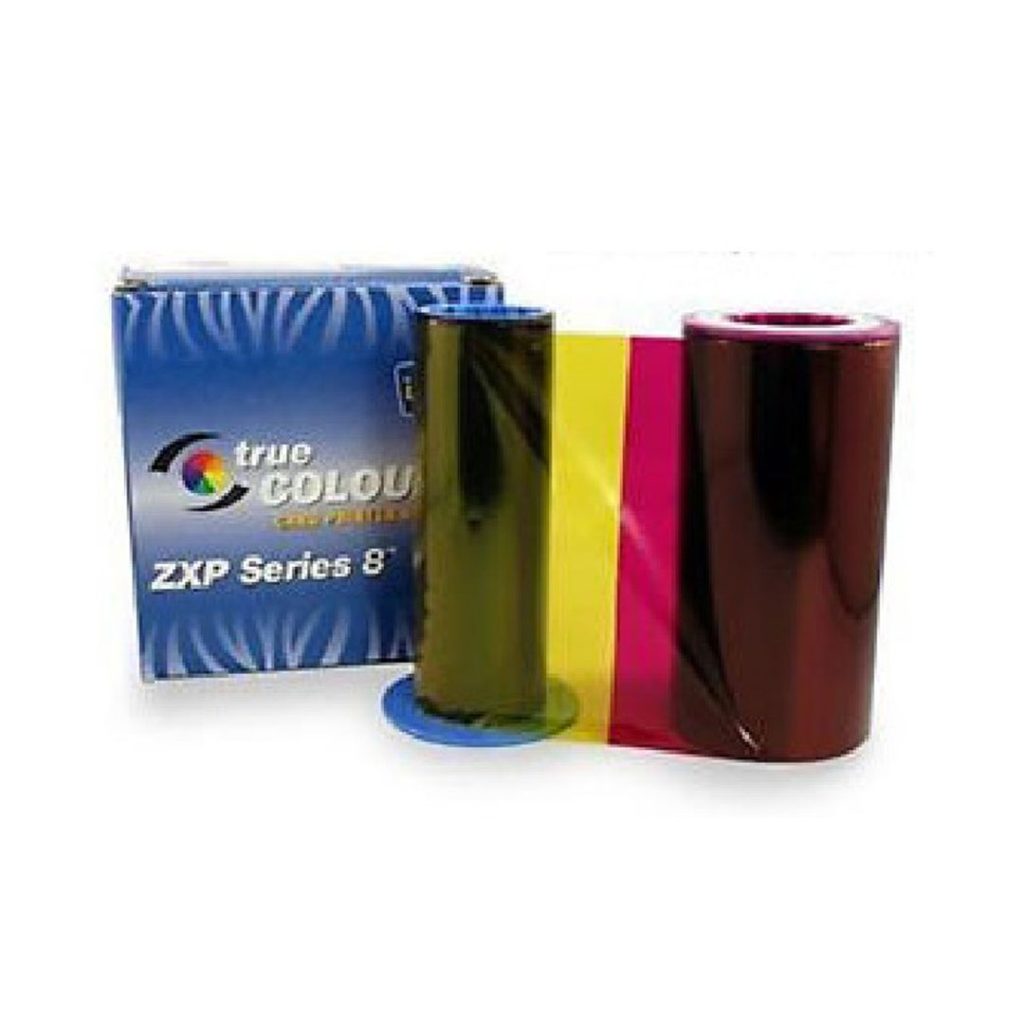
True Colours® i Series™ Print Ribbons
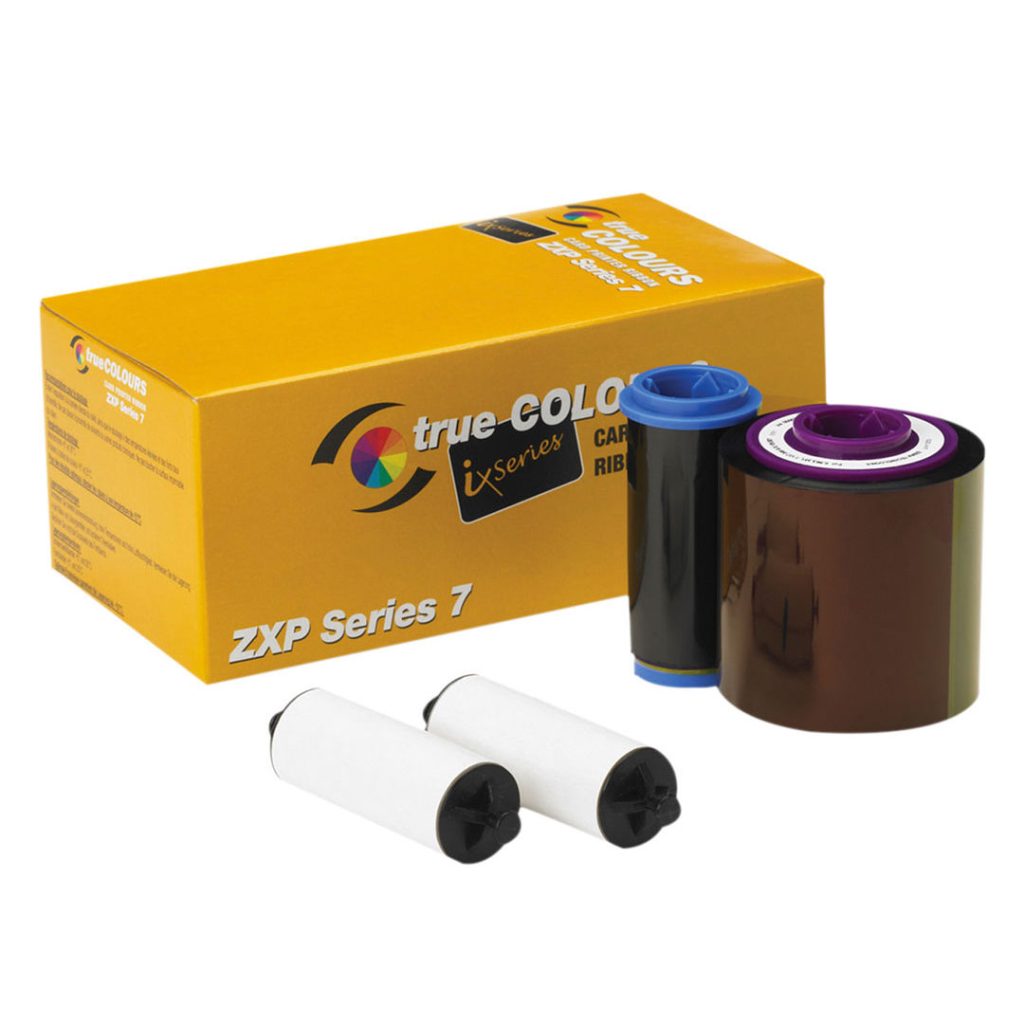
- Pharmaceuticals: Tamper-evident seals with destructible facestock are used on prescription drugs to ensure they haven’t been tampered with before reaching the consumer.
- Ensuring Product Authenticity and Brand Protection:
- Luxury Goods: High-end fashion brands often use holographic security labels with unique serial numbers to combat counterfeiting. These labels are difficult to replicate and provide a way for consumers to verify the authenticity of their purchases.
- Software: Software companies might use tamper-evident labels on physical copies of their products to prevent unauthorized software installation.
3. Tracking Inventory and Supply Chain Management:
- Electronics: RFID tags embedded in security labels can be used in electronics manufacturing to track components and finished products throughout the supply chain, streamlining inventory management and preventing losses.
- Food and Beverage: Security labels with RFID or printed barcodes can be used to track perishable goods throughout the supply chain, ensuring proper storage conditions and facilitating product recalls if necessary.
4. Evidence Tampering Prevention:
- Law Enforcement: Security labels are used on evidence bags and containers to ensure they haven’t been tampered with during transport or storage. This maintains the integrity of evidence for legal proceedings.
5. Tamper Detection in Sensitive Applications:
- Medical Equipment: Security labels can be used on medical devices to detect if they have been tampered with, ensuring patient safety and preventing malfunctions.
- Government Documents: Certain government documents might utilize security labels to deter forgery or unauthorized modification.
Security labels, with their diverse functionalities, are a valuable tool for businesses and organizations across various industries to enhance security, prevent theft, ensure product authenticity, and streamline logistics.
Lior Rubin
Strategic Partner RSI Mexico









